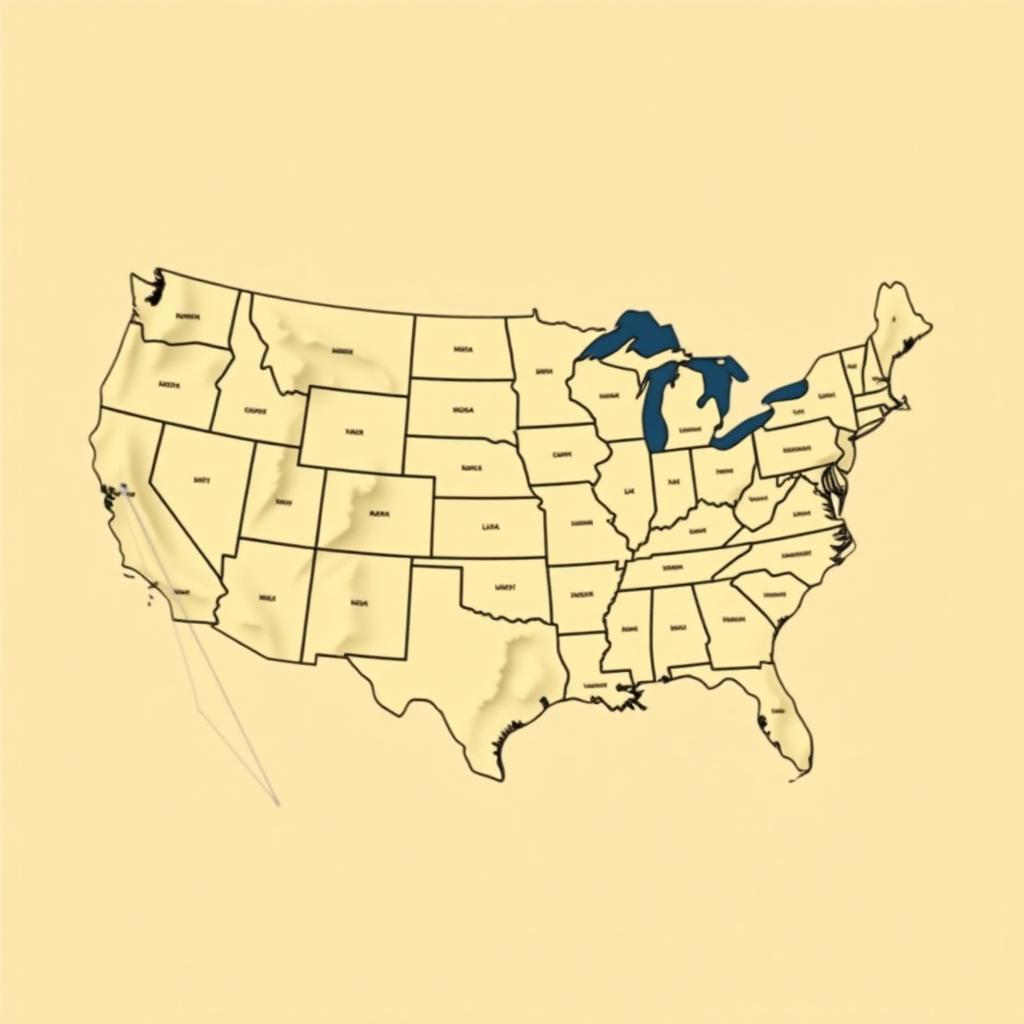Right to Work States List and What Does It Mean

The American labor landscape is complex, defined by a patchwork of federal, state, and local regulations that govern the relationship between employers, employees, and labor unions. If you are trying to understand the legal and economic implications of industrial employment across the United States, compiling a comprehensive right to work states list is an essential starting point. This framework represents one of the most significant divisions in contemporary labor policy, impacting everything from wage levels and union density to job creation and corporate investment. To truly grasp the debate, you must understand precisely what a right-to-work state is and how this designation alters the fundamental rights and responsibilities of the workforce.
A "Right to Work" (RTW) law is state legislation that guarantees no person can be compelled, as a condition of employment, to join or refrain from joining a labor union, or to pay union dues, agency fees, or other similar charges. Essentially, these laws prohibit "union security" agreements—the common clauses in collective bargaining contracts that require all employees in a workplace, even those who choose not to join the union, to pay fees to cover the costs of the representation they receive.
It is crucial to understand that right-to-work laws do not prohibit unions; rather, they regulate how unions can collect revenue. Under the National Labor Relations Act (NLRA), a union that wins an election must legally represent all workers in the bargaining unit, regardless of whether those workers pay dues. This creates the "free-rider" problem, where non-members benefit from the wages, benefits, and job security protections negotiated by the union without contributing financially to the union’s operational costs. The existence of a right to work states list is a direct consequence of Section 14(b) of the federal Taft-Hartley Act (1947), which grants states the authority to supersede federal law and enact stricter prohibitions on mandatory union membership or fee payment.
Current Right to Work States List

As of October 2025, you will find that 27 states, alongside the territory of Guam, have adopted right-to-work laws. These states are primarily concentrated in the Southern, plains, and mountain regions, though their legal adoption has increasingly moved into the industrial heartland over the last decade.
When you examine the full right to work states list, you can see major industrial states alongside traditionally agricultural ones. The current list includes Alabama, Arizona, Arkansas, Florida, Georgia, Idaho, Indiana, Iowa, Kansas, Kentucky, Louisiana, Michigan, Mississippi, Missouri, Nebraska, Nevada, North Carolina, North Dakota, Oklahoma, South Carolina, South Dakota, Tennessee, Texas, Utah, Virginia, West Virginia, and Wyoming.
The geographical progression evident in the right to work states list illustrates a broader economic strategy. Many states view this status as a critical tool for business recruitment, seeking to attract companies that might be hesitant to establish operations in states where unionization is historically high and mandatory dues are the norm. Studying the complete right to work states list helps reveal predictable patterns of regional economic development and inter-state competition for manufacturing and industrial jobs.
What Are the Advantages of Being a Right to Work State

Advocates argue that being on the right to work states list offers substantial benefits, primarily centered on economic growth, individual liberty, and fiscal attractiveness.
First, proponents strongly assert that these laws protect worker freedom. They argue that forcing an individual to pay fees to a private organization (the union) as a condition of holding a job violates the fundamental freedom of association guaranteed by the Constitution. Being a part of the right to work states list means that employees have the absolute freedom to decide whether or not they want to financially support a union, giving them individual control over their earnings.
Second, the clear advantage cited by state governments is economic development. When companies choose to expand or relocate, labor costs and the potential for labor disputes are major considerations. States on the right to work states list often present themselves as lower-risk environments for businesses, potentially reducing operating costs and increasing profitability. This perceived business-friendly environment is often credited with attracting significant domestic and foreign investment, leading to job creation and regional economic expansion. You will often hear governors from the right to work states list cite statistics showing faster job growth compared to non-RTW states.
Third, proponents claim that RTW laws benefit the economy as a whole by fostering a more competitive business climate. They suggest that when unions must attract members voluntarily rather than through mandatory fee structures, they are forced to be more responsive, efficient, and effective in their representation, thereby benefiting the workers who choose to join. This competitive pressure, they argue, ultimately leads to a healthier labor market, justifying the existence of the right to work states list.
What Are the Disadvantages of Being a Right to Work State

While the proponents of RTW laws focus on liberty and growth, critics point to significant drawbacks that primarily affect the collective strength of workers and their long-term earning potential.
The most frequently cited disadvantage for every state on the right to work states list is the weakening of labor unions. Critics argue that by allowing non-members to benefit from union contracts without contributing (the "free-rider" issue), RTW laws cripple the financial viability of unions. This reduction in resources makes it harder for unions to organize, negotiate strong contracts, and effectively enforce existing agreements, undermining the very purpose of collective bargaining.
Furthermore, studies often show a direct correlation between inclusion on the right to work states list and lower average wages and benefits. When unions are weaker, they have less leverage to negotiate increases in pay, better healthcare coverage, and more robust retirement plans. You may notice that, on average, full-time workers in RTW states earn less than their counterparts in non-RTW states, even after controlling for various cost-of-living factors. Critics contend that this effect effectively suppresses the middle class in states that have adopted RTW policies.
A related concern is reduced workplace safety. Unionized workplaces often employ dedicated resources to monitor and enforce safety regulations, leading to lower rates of workplace injuries and fatalities. Opponents argue that the financial strain placed on unions in the right to work states list diminishes their ability to perform this critical oversight, potentially leading to less safe working conditions for employees. This decrease in enforcement capacity is seen as a significant trade-off for the supposed economic advantages offered by the right to work states list.
Conclusion
Understanding the impact of right-to-work legislation requires looking beyond simple economic statistics to the philosophical divisions within American labor law. Whether you view the right to work states list as a beacon of individual liberty and economic opportunity or as a mechanism for suppressing collective bargaining power and depressing wages depends entirely on your perspective regarding the proper role of unions in a capitalistic society. As a vital component of labor policy in nearly half the country, these laws define a significant portion of the modern American employment experience, influencing everything from the paycheck in your hand to the negotiations that shape your next contract.